1. Tibetan Mastiff
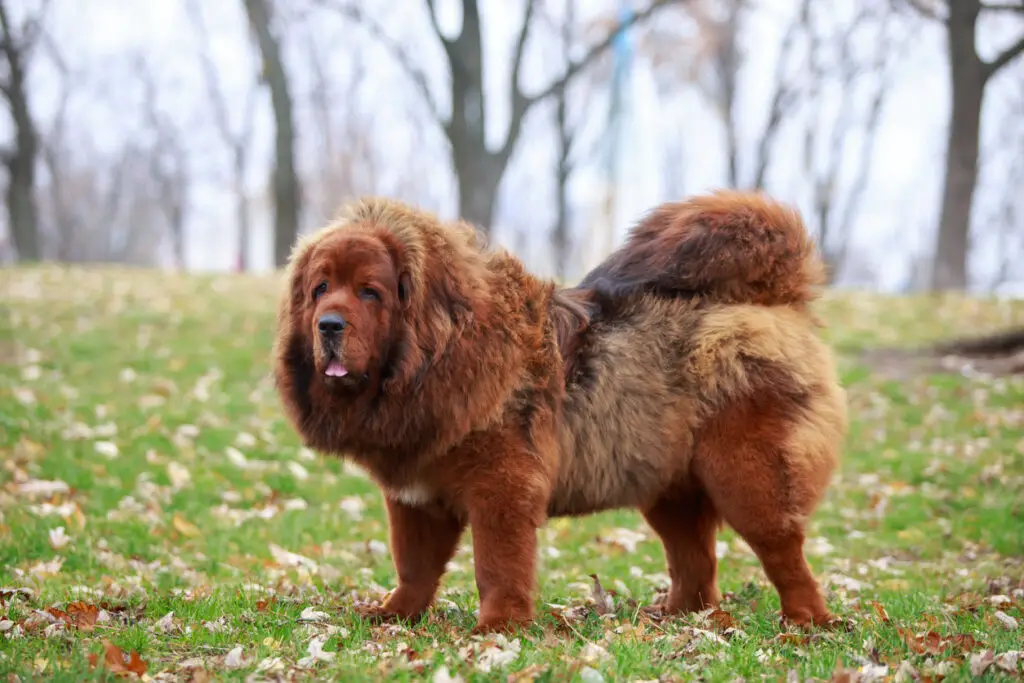
Tibetan Mastiffs are beautiful, majestic dogs that have been bred to protect livestock in harsh, mountainous regions. They can be incredibly independent, strong-willed, and sometimes downright stubborn, according to the American Kennel Club. While this makes them excellent guardians, it also means they don’t always follow commands as eagerly as other dogs. For owners who are new to dogs, a Tibetan Mastiff can be a challenge because they require consistent and firm training from the start. If you’re someone who is not prepared to be assertive and patient, the breed may become difficult to handle, and their stubbornness could lead to behavioral problems.
Another challenge is their size and strength. Tibetan mastiffs can weigh over 100 pounds, and they have the physicality to back up their independent personalities. This means they might pull on the leash during walks or become overwhelming in certain situations. They can also be protective and territorial, which, while beneficial in a guard dog, could cause issues in a household where they’re not properly socialized. For those without the experience or time to dedicate to these large, strong dogs, the Tibetan Mastiff may not be the right choice. Their grooming needs, while not as demanding as some, still require regular care, especially considering their thick coat and the tendency to shed heavily during certain seasons.
2. Chow Chow
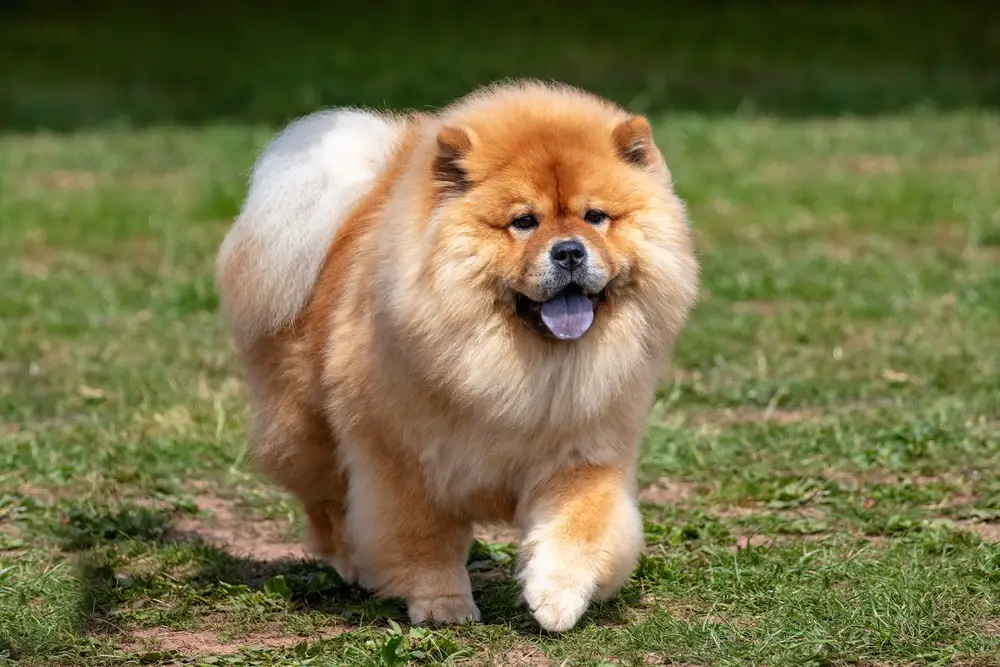
Chow Chows are undeniably one of the most unique-looking breeds with their lion-like mane and royal presence. While they’re beautiful to look at, their temperament doesn’t always match their appearance. Chow Chows are known to be aloof, independent, and, at times, quite stubborn. They are not as eager to please as some other breeds, which can make training more of a challenge. If you’re someone who wants a dog that will happily follow commands or interact with guests without hesitation, a Chow Chow might not be the best choice. They are also prone to being territorial, and this can lead to them becoming aggressive if they are not properly socialized from a young age.
On top of their independent and sometimes standoffish nature, Chow Chows have significant grooming needs. Their thick fur can get matted easily if not brushed regularly, and without the proper maintenance, it can lead to skin infections or discomfort. Additionally, their tendency to be more solitary means they might not thrive in a busy, bustling household with children or other pets. Chow Chows generally prefer a quieter, more controlled environment. If you live in a busy household or are expecting your dog to engage with people constantly, the Chow Chow may not be the most social or interactive choice.
3. Afghan Hound
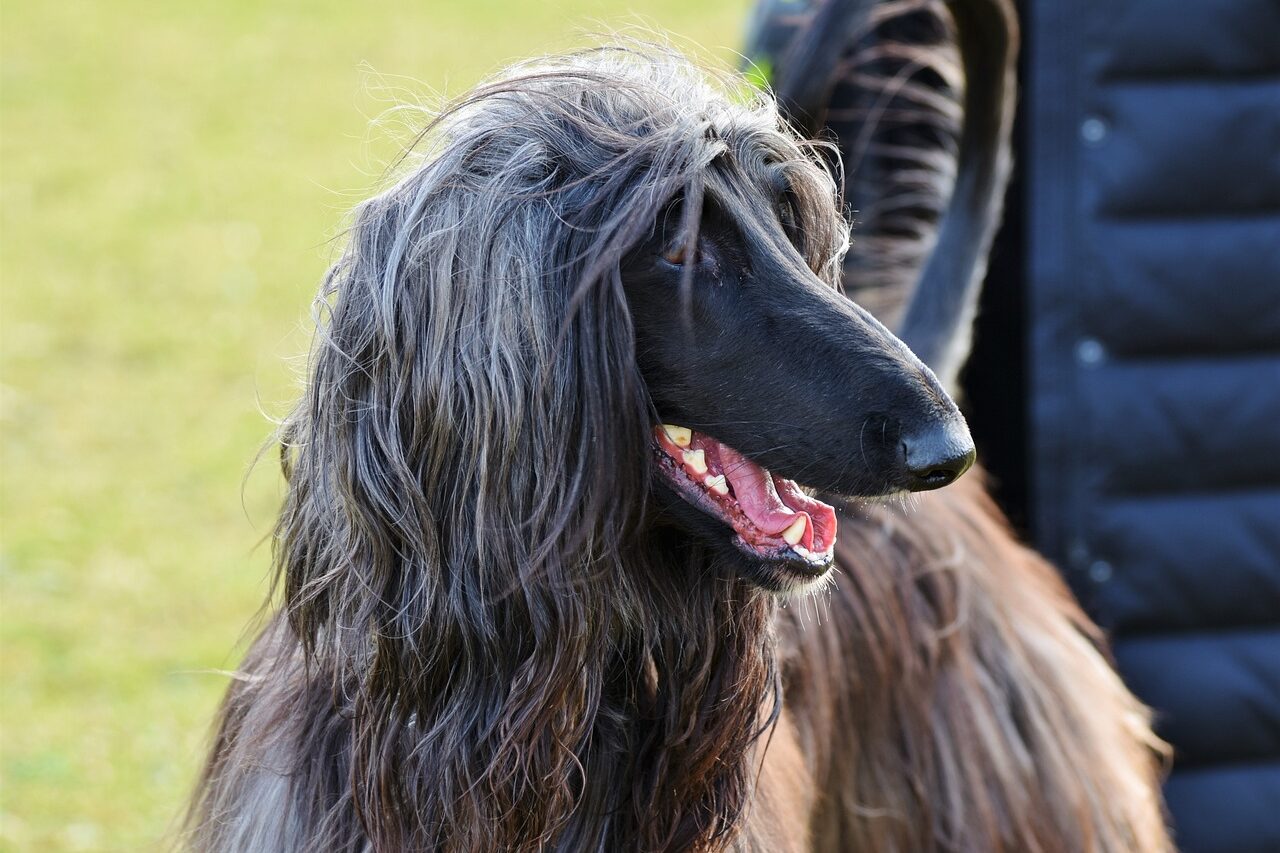
Afghan Hounds are stunningly elegant with their long, flowing coats, but their beauty comes with a hefty set of challenges. These dogs were bred for hunting and have a high prey drive. meaning they might not be the best choice for households with smaller pets like rabbits or cats. Their hunting instincts can be strong, and unless raised with proper training and supervision, they might chase after anything that catches their attention. Additionally, Afghan Hounds are known to be independent thinkers, sometimes making them harder to train. While they are intelligent, their aloofness can make them stubborn, and they may resist commands if they feel like it.
Another significant challenge is their grooming needs. Afghan Hounds require a lot of attention when it comes to their long, fine coats. These coats can become tangled and matted without regular grooming, which takes a considerable amount of time and effort to maintain. For anyone who isn’t prepared to put in the time, the upkeep of an Afghan Hound’s coat can become overwhelming. This breed also tends to be quite reserved and may not be as interactive or cuddly as other breeds. If you’re looking for a dog that will happily snuggle up with you on the couch, an Afghan Hound may not be the most affectionate option.
4. Alaskan Malamute
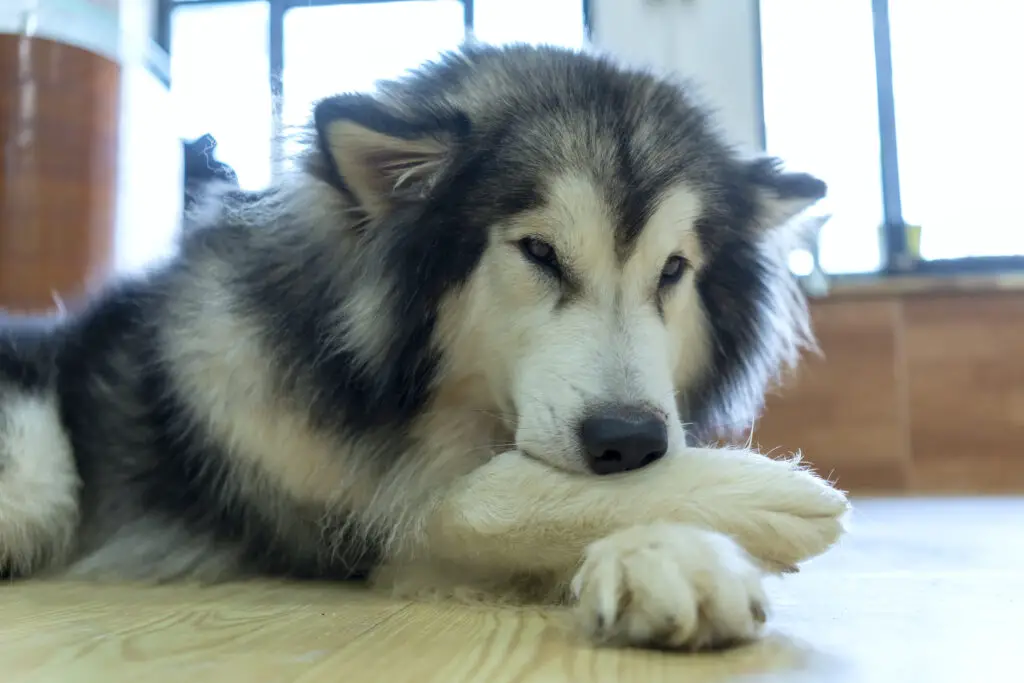
The Alaskan Malamute is a large, powerful breed known for its strength and endurance. These dogs were originally bred to haul heavy freight across long distances in freezing temperatures, so they have immense stamina and require a lot of physical exercise. If you’re someone who prefers a low-key lifestyle or can’t commit to long daily walks or play sessions, an Alaskan Malamute might not be the right fit. According to I Heart Dog, they need both mental and physical stimulation, and without it, they can become bored, which often leads to destructive behavior. If they don’t have a job or activity to focus on, they may dig or chew on furniture or shoes.
Additionally, Alaskan Malamutes are not always the best with small children or other pets. While they are generally friendly, their strong prey drive can make them less tolerant of smaller animals, and their size means they can unintentionally knock over younger children or guests. They are also known to be independent, which can make training difficult. If you’re looking for a breed that will be content with minimal interaction and will follow commands easily, the Malamute might be a difficult match. Their thick double coat requires frequent grooming, and shedding can be quite intense during seasonal changes.
5. Basenji
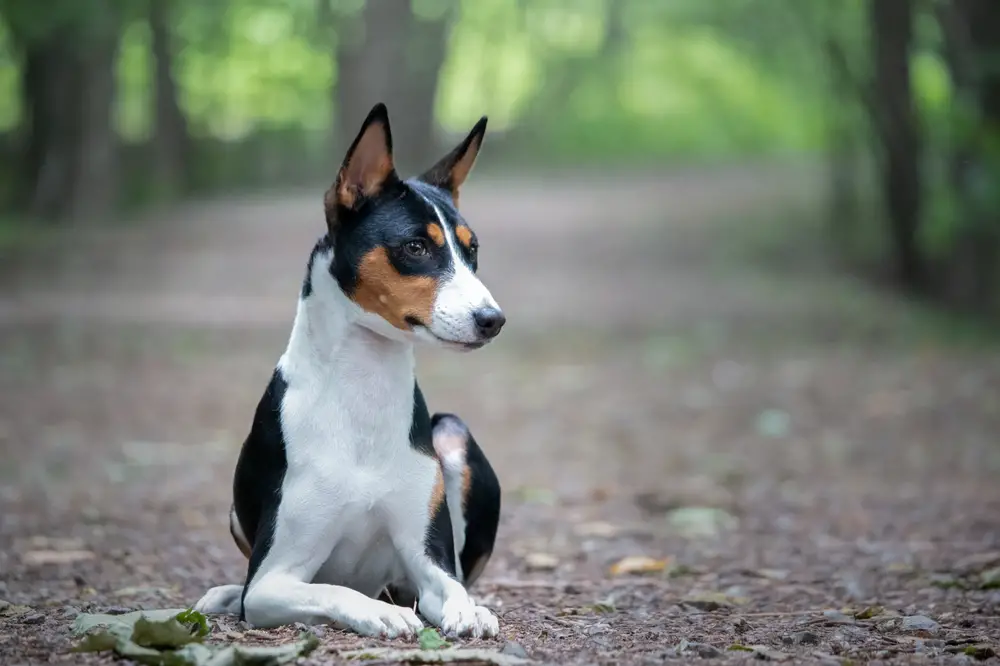
The Basenji is a small, elegant dog with distinctive bark—or rather, the lack of one. This breed is often referred to as the “barkless dog,” but don’t be fooled; they still communicate in other ways. However, while they may not bark, Basenjis have a reputation for being stubborn, independent, and sometimes even a little aloof. This breed was originally used for hunting in Africa, which means they have a high prey drive. If you have small pets, like birds or rabbits, the Basenji might not be the best companion, as their instincts could lead them to chase or hunt smaller creatures.
Basenjis are also incredibly independent, which can make training a challenge. Unlike some other breeds that are eager to please, they may not be motivated by treats or praise in the same way. This can make obedience training frustrating for owners who don’t have experience or patience with more stubborn breeds. They also don’t enjoy being left alone for extended periods, so if you work long hours, a Basenji might not be the best fit. This breed also has grooming needs, although their short coat is relatively low-maintenance compared to other dogs. However, they do shed, so if you’re sensitive to dog hair, this might be an issue.
6. Great Dane
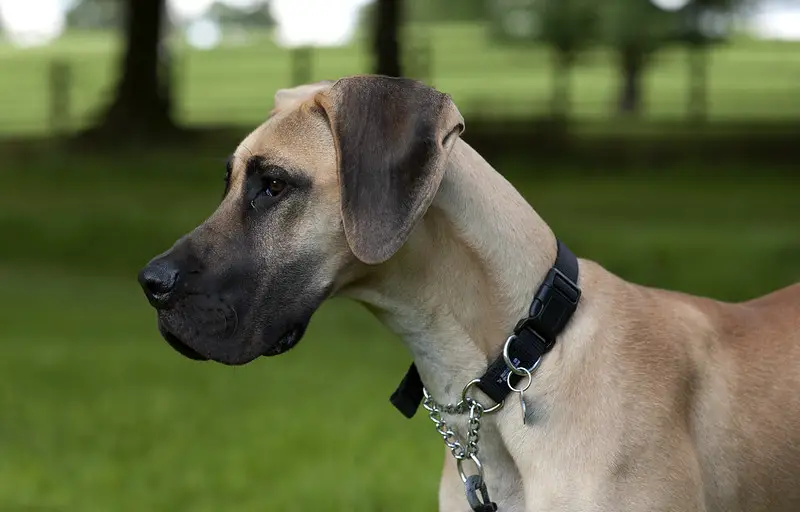
Great Danes are famous for their size—often towering over other breeds—and they are incredibly gentle giants when properly trained. However, their sheer size comes with significant challenges. These dogs require a lot of space, and their size means they need an owner who can manage them physically, especially when it comes to training, according to Borrow My Doggy. If you’re not able to keep up with their exercise needs or manage their strength, they may become unruly, despite their generally calm and friendly nature. Their sheer size also means that accidents, such as knocking things over or inadvertently hurting someone, are more likely to happen.
Additionally, Great Danes have a relatively short lifespan for a dog of their size, averaging around 7–10 years. This can be heartbreaking for owners, as they form strong bonds with their dogs and may not be ready for the emotional weight of a shorter pet lifespan. While they’re generally good with families, they may unintentionally be rough with young children due to their large stature. Grooming is also quite easy with a Great Dane, as their short coat doesn’t require much maintenance. However, the real issue comes with their health, and Great Danes are prone to conditions like hip dysplasia, heart problems, and bloating, which can add to the cost and effort of care.
7. Doberman Pinscher
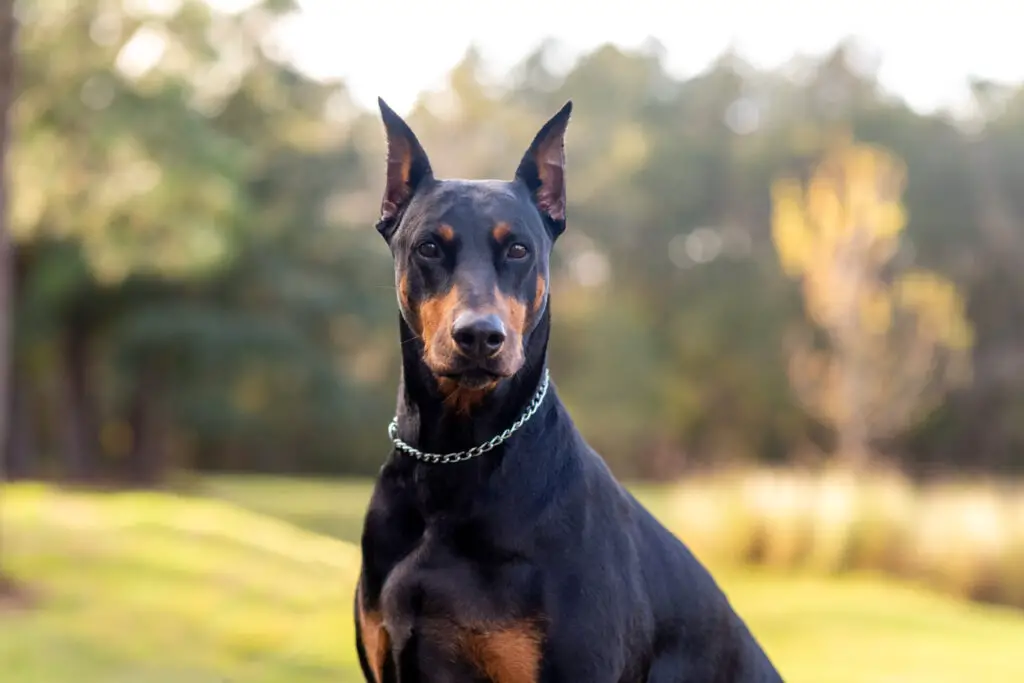
Doberman Pinschers are often seen as intimidating dogs, but they are actually very loyal, intelligent, and protective when raised in the right environment. The challenge, however, comes with their high energy levels and need for constant mental stimulation. Without enough exercise and training, Dobermans can become anxious, destructive, or even aggressive, according to Dogster. They thrive in environments where they have a job to do, so if you can’t provide them with enough activities to channel their energy, they may develop behavioral problems. For owners who are not experienced in dog training or who can’t commit to the level of care a Doberman needs, this breed can become a handful.
While they are excellent guard dogs, Dobermans can also be sensitive to their environment, and they may be reactive in certain situations. Early socialization and obedience training are a must to ensure they don’t become overly protective or territorial, especially around new people or other animals. Additionally, Dobermans have a short coat that requires minimal grooming, but they do shed, and their high activity level means they need regular brushing to keep their coats in good condition. If you’re looking for a more low-maintenance breed, the Doberman Pinscher might not be the best fit due to its high energy needs and potential for behavioral issues if not properly trained.
8. Jack Russell Terrier
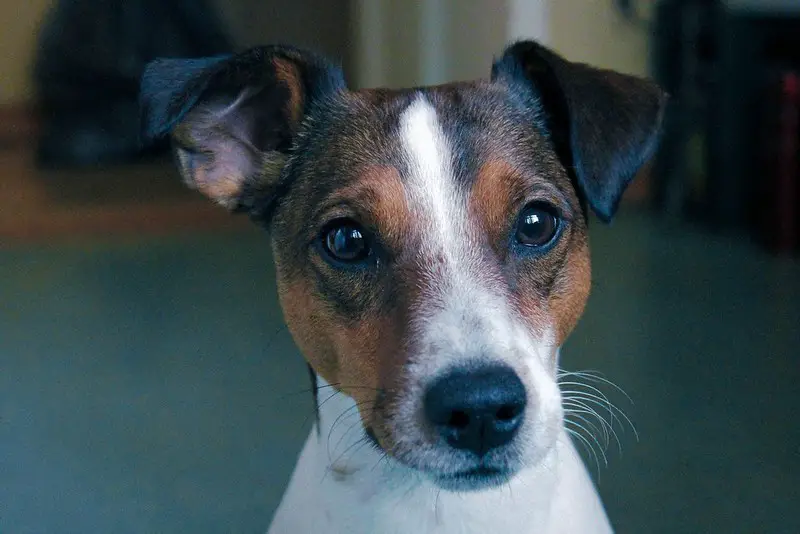
Jack Russell Terriers are energetic, intelligent, and full of personality, but they also come with a lot of challenges. This breed is known for its boundless energy, and they require regular physical and mental stimulation to stay happy, according to PDSA. If they don’t get enough exercise, they can become hyperactive, anxious, and destructive. They are also highly intelligent, which means they can easily get bored and find their own entertainment, often in the form of digging, chewing, or escaping. This can be frustrating for owners who aren’t prepared for a dog that demands constant engagement.
Another thing to consider is their strong prey drive. Jack Russells are natural hunters, and they may chase small animals like squirrels, rabbits, or even your neighbor’s cat if they aren’t properly trained or contained. Their size may make them seem like an easy-to-manage breed, but their tenacity and energy can make them more difficult to handle than you’d expect. They also have a stubborn streak, which can make training a challenge, especially for first-time dog owners. Despite their small size, they require a lot of attention and commitment, so if you’re not ready for a high-energy, independent dog, the Jack Russell Terrier might not be the ideal choice.
9. Bullmastiff
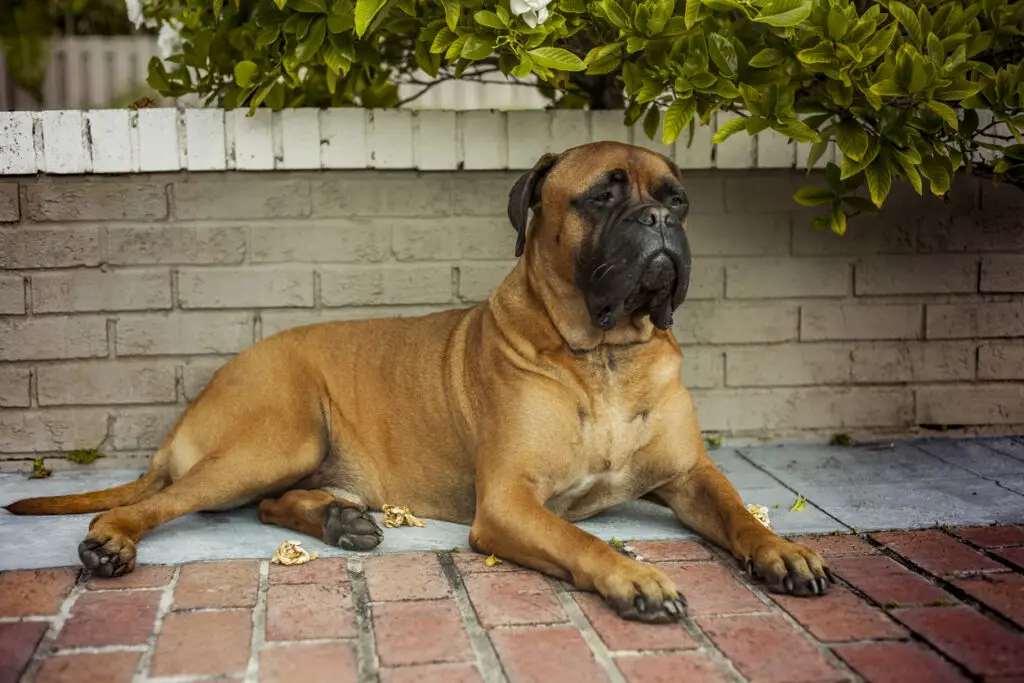
Bullmastiffs are large, powerful dogs bred to protect property and land, and they are known for their calm demeanor and protective instincts. However, their size and strength make them difficult to manage for inexperienced dog owners. They can weigh up to 130 pounds or more, and controlling them during walks or in situations where they feel protective can be a challenge. Bullmastiffs also need consistent training to ensure they don’t become overly territorial or aggressive. While they are generally calm and affectionate with family members, their protective instincts can sometimes make them wary of strangers, which can lead to challenging interactions.
In addition to their size, bullmastiffs have moderate grooming needs. They don’t require frequent baths, but they do shed, and their short coat needs occasional brushing to keep it healthy. However, what really sets this breed apart is its health issues. Due to their large size, bullmastiffs are prone to conditions like hip dysplasia, heart problems, and obesity, which can significantly affect their quality of life and lifespan. If you’re not prepared for the health-related costs or the responsibility of managing a large, protective breed, the Bullmastiff might not be the right choice.
10. Dogo Argentino
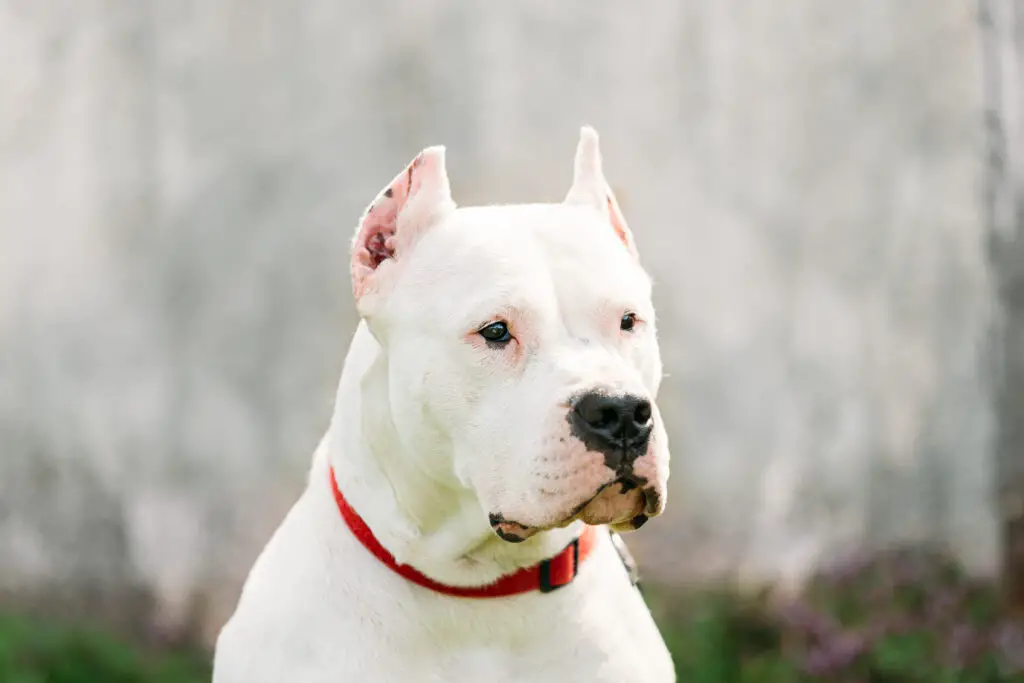
The Dogo Argentino is a large, muscular breed originally bred for big-game hunting. While they are fiercely loyal and protective of their family, their strength and dominance can make them difficult to manage. They are highly intelligent but can be stubborn, which means training requires consistency, firmness, and plenty of time. Without proper socialization and training, the Dogo Argentino can become overly protective or even aggressive, especially around strangers or other animals. This makes them a better choice for experienced owners who know how to handle a dominant dog.
Additionally, Dogo Argentinos have a lot of energy and require regular exercise and mental stimulation to stay happy. Without it, they can become bored and potentially destructive. They also have a short, white coat that sheds moderately, so grooming is relatively easy compared to some other breeds. However, their health can be an issue due to their size, and they are prone to conditions like hip dysplasia. If you’re looking for a low-maintenance dog or one that is easy to train and handle, the Dogo Argentino may not be the best fit due to its size, energy level, and need for consistent discipline.


